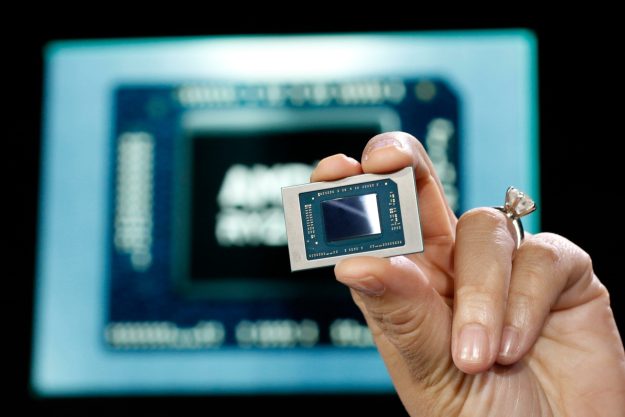 Micron is setting an industry first with the release of its 5210 Ion solid-state disk. The drive relies on the company’s QLC NAND technology, packing 33 percent more storage capacity than a similar SSD with TLC NAND. The drive targets markets where clunky hard drives still remain the dominant storage device due to their large capacities and lower prices.
Micron is setting an industry first with the release of its 5210 Ion solid-state disk. The drive relies on the company’s QLC NAND technology, packing 33 percent more storage capacity than a similar SSD with TLC NAND. The drive targets markets where clunky hard drives still remain the dominant storage device due to their large capacities and lower prices.
QLC is short for quad-level cell, meaning each memory cell can hold four bits of data. It’s a means of providing a high storage capacity at a lower cost versus using a single-level design to achieve the same storage amount. In other words, you could more than double the capacity of a 500GB single-level cell SSD by using multi-level cell NAND without increasing the price.
Typically, the most recent SSDs rely on triple-level cell NAND flash memory. Depending on the manufacturer, the memory is either spread out horizontally like a city block or vertically like a skyscraper. Micron’s “3D” QLC NAND is the latter, enabling more storage without the constraints of the drive’s horizontal physical space by vertically stacking 64 layers comprised of four-level cells.
The company’s new SSD targets datacenters that are in dire need of retiring their hard drive farms. Although SSDs are not fail-proof, they have no moving parts, thus they’re not only power efficient and quiet, but more dependable than hard drives. The only real hook keeping hard drives in the datacenter is their dollar-per-gigabyte ratio, as they’re cheaper than SSDs with the same capacity. Micron’s QLC 3D NAND aims to change that.
The Micron 5210 ION SSD connects via a standard SATA port just like a hard drive. At the time of this writing, we didn’t have the drive’s read and write speeds, but SATA-based SSDs are always faster than hard drives, but slower than SSDs connected via a PCIe-based M.2 slot. Again, Micron’s SSD aims to replace current hard drives in systems that likely don’t have an M.2 slot. They’re only 0.275 inches thick too (7mm) so you can cram more drives into the same space occupied by traditional 3.5-inch hard drives.
Micron first introduced its 5200 family of enterprise-focused SSDs in January. They’re split into four categories: Eco, Max, Pro, and the new Ion drives. The Eco models are capable of around one drive write per day, which means you can rewrite the drive’s full capacity once per day without failure during the warranty period. The Pro models have an endurance of around two drive writes per day while the Max models have an endurance of five writes per day.
That said, the Eco, Max, and Pro models are based in Micron’s three-level cell NAND memory while the 5210 Ion is the company’s first to use its foul-level cell memory. The SSD is shipping to “strategic enablement partners and customers” for now followed by a broad availability this fall. Capacities will range between 1.92TB and 7.68TB at prices to be announced closer to launch.


